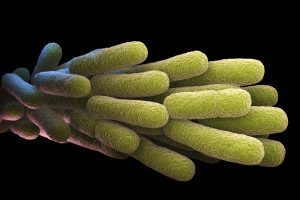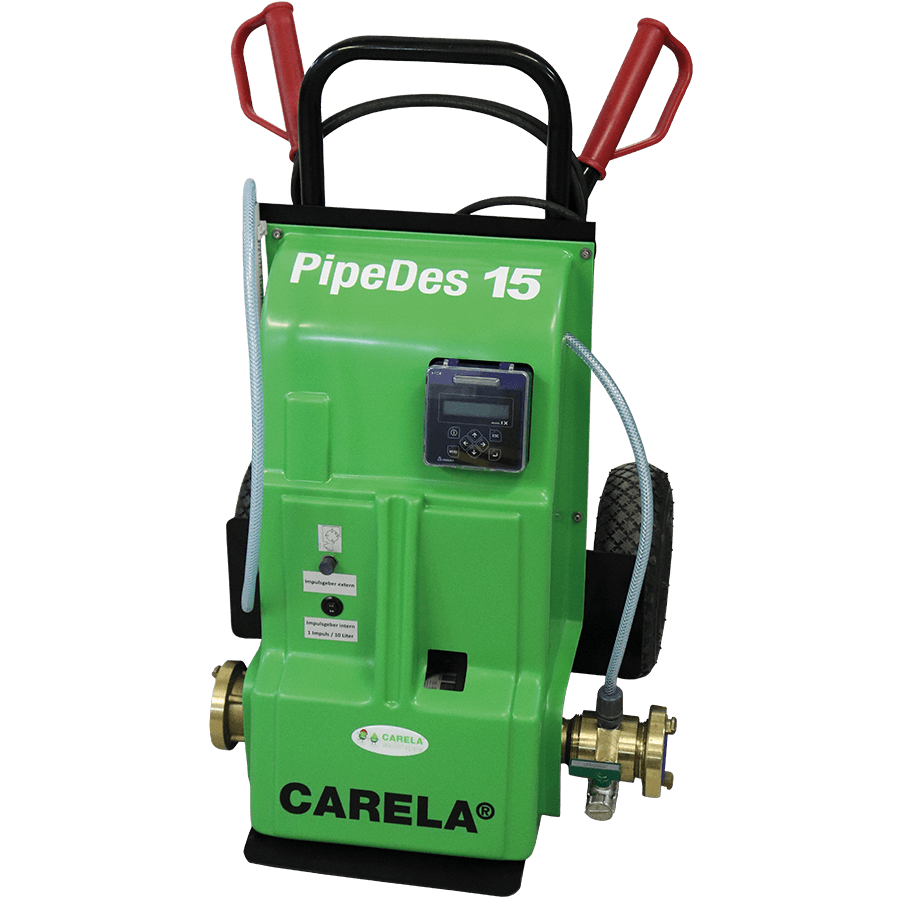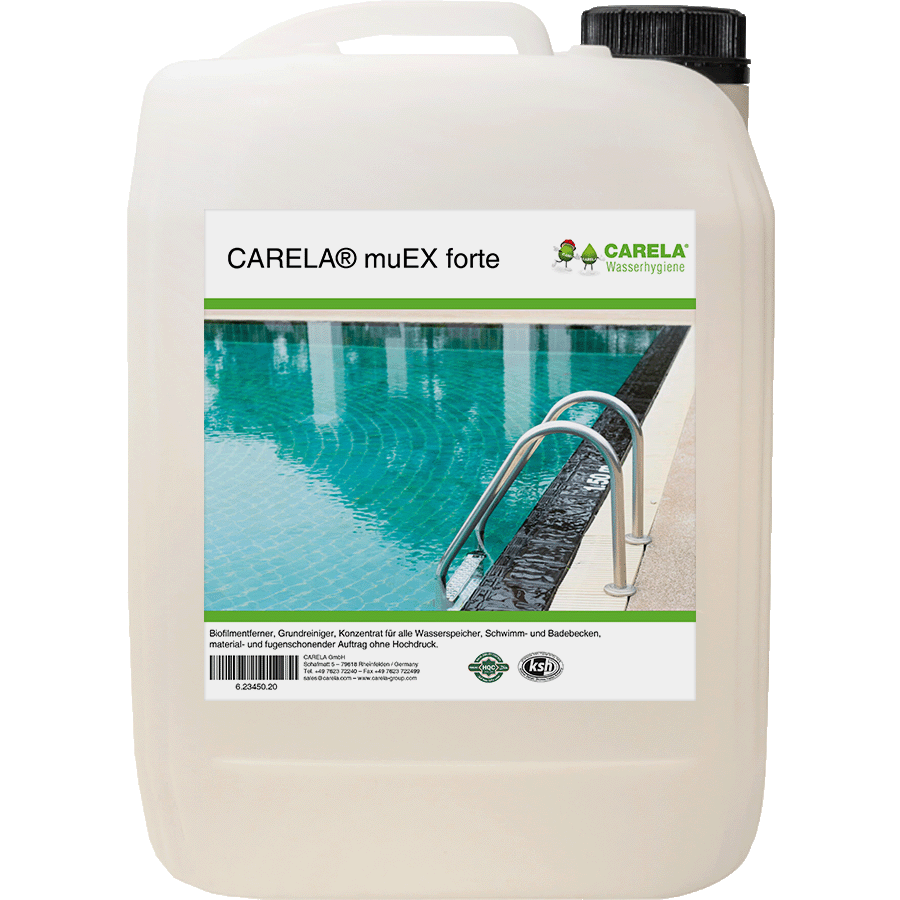Eliminating pseudomonads successfully
Pseudomonas aeruginosa is an undemanding and universally occurring bacterium that is often found in potable water. It can easily form biofilms and multiply in potable water systems. This is particularly problematic in hospitals and care facilities because pseudomonads can cause a variety of infections in humans. These include wound infections but also life-threatening lung and blood infections. In addition, many pseudomonads strains have at least one but often several, antibiotic resistances.
Transmission can take place via contaminated water (washbasins, bath water, rinsed off devices / objects) that gets on injured skin or into the body (except through drinking).
Pseudomonads can occur, settle and multiply at all points of the water supply in both cold and hot water. This means that not only potable water installations are affected but also potable water tanks and pipelines of water suppliers. For this reason, these must also be hygienically cleaned in a pseudomonad-safe manner and disinfected if necessary. Thorough disinfection is particularly important for tanks that have only been cleaned mechanically. Residues of bacteria, algae and possibly fungal spores in recesses and cracks cannot be removed mechanically.

Multi-step rinsing
To remove efficiently and sustainably pseudomonads from potable water biofilms, we employ a tried and tested multi-step chemical cleaning method (multi-step rinsing) that we developed. Its efficacy has not only been tested and proven in practical experience but is also supported by current scientific evidence. This multi-step chemical cleaning method does not only remove pseudomonads but also the biofilm itself. As a result, the potable water system is sustainably protected from pseudomonads re-growth (if the system is operated according to technical standards and regulations).


